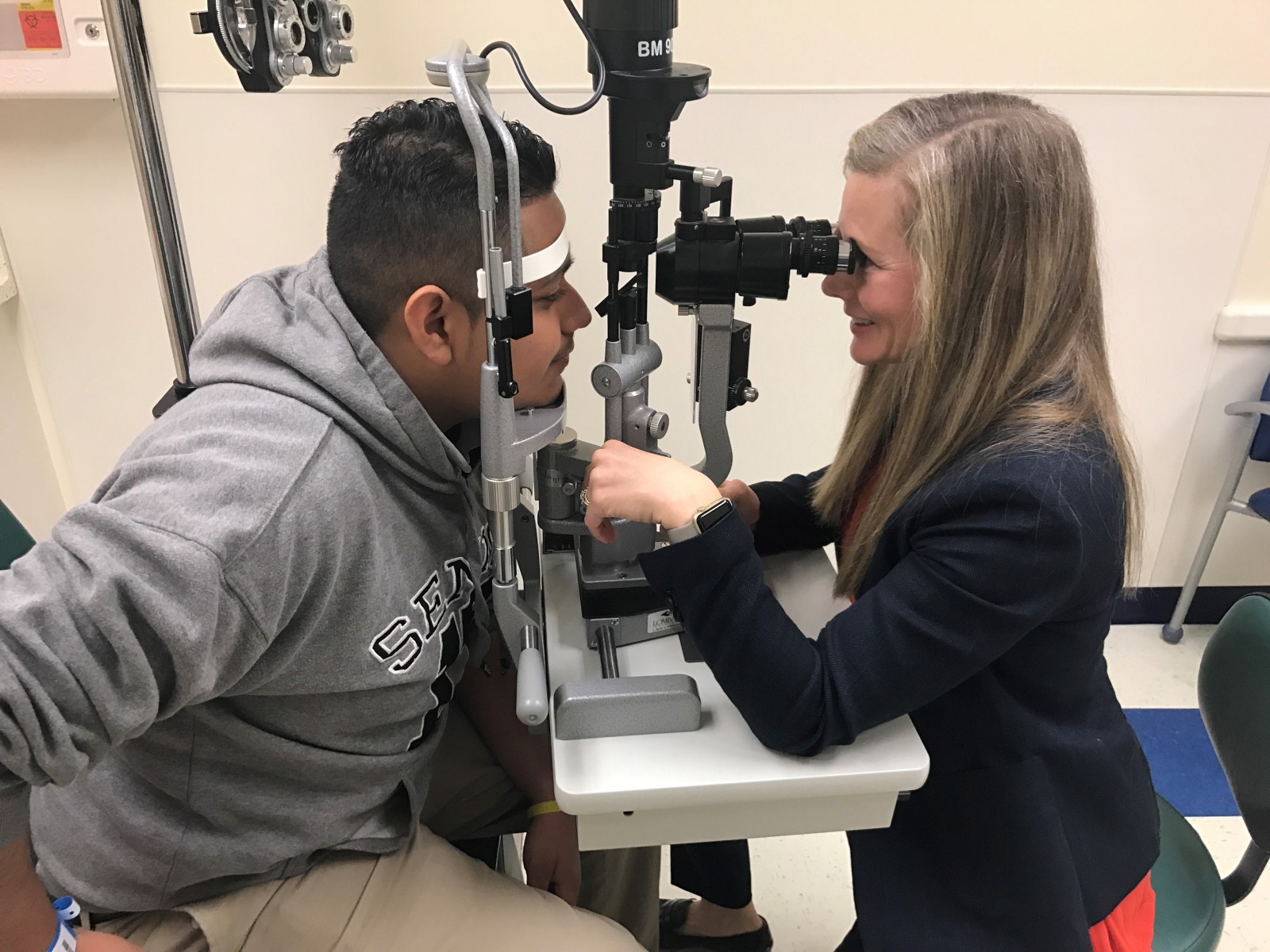Healio: Corneal cross-linking for keratoconus an option for patients of all ages
By Robert Linnehan
Corneal cross-linking should be considered as a viable treatment for patients of all ages with keratoconus due to its ability to halt or slow progression of the disease, even before a corneal transplant in most cases.
Keratoconus is a progressive disease that causes corneal thinning and distortion that can lead to vision loss if untreated. It tends to be more progressive in younger patients but slows down as patients age.
Corneal cross-linking is usually the best treatment for patients with keratoconus if they are viable candidates for the procedure.
Corneal cross-linking works by infusing and saturating the corneal stroma with riboflavin and using ultraviolet light to initiate a cross-linking reaction within the cornea. The process strengthens and stiffens the cornea and can slow or halt the progression of keratoconus.
Corneal cross-linking does not preclude a patient from undergoing a corneal transplant later in life. Cross-linking can stabilize the cornea in a patient with keratoconus in preparation for a transplant later in life, OSN Pediatrics/Strabismus Board Member Erin D. Stahl, MD, said.
“There is a theoretical benefit to stabilizing the future graft-host junction in the peripheral cornea of young people with keratoconus in preparation for future transplant stability. These patients may have less astigmatism and peripheral changes after transplant,” Stahl said.
Read the full story via Healio
Learn more about Ophthalmology and Optometry at Children's Mercy

